list in a fancy witchcraft guide nyt crossword
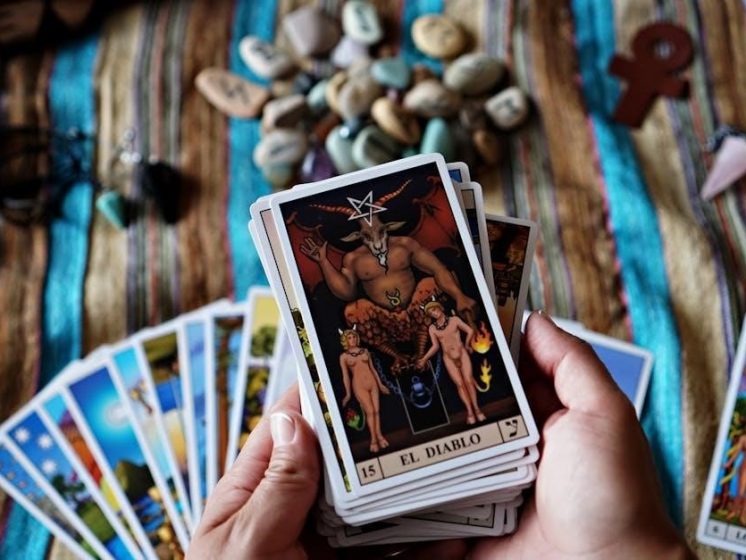
The New York Times Crossword is a celebrated daily puzzle, renowned for its clever clues and varying difficulty․ It offers 15×15 grids with themed and variety puzzles, blending challenge and enjoyment․
Popularity and Recognition of the NYT Crossword
The New York Times Crossword is one of the most recognized and beloved puzzles worldwide, attracting both casual solvers and seasoned enthusiasts․ Its widespread popularity stems from its clever clues, engaging themes, and varying difficulty levels, making it a staple in many daily routines․ Often referred to as the gold standard of crosswords, it has become a cultural icon, frequently mentioned in media and popular culture․ The puzzle’s reputation is further bolstered by its long-standing history and the expertise of its editors, such as Will Shortz․ Its influence extends beyond print, with digital versions and spin-offs like the Mini Crossword and Spelling Bee․ Solving the NYT Crossword is often seen as a badge of intellectual honor, cementing its place as a global phenomenon in the world of puzzles․
Structure and Difficulty Levels of NYT Crossword Puzzles
The New York Times Crossword follows a standard 15×15 grid structure, offering a balanced mix of white and black squares to create a challenging yet solvable puzzle․ The difficulty level increases progressively throughout the week, with Monday puzzles being the easiest and Saturday puzzles the most challenging․ Themed crosswords often feature clever wordplay and interconnected clues, while variety puzzles introduce unique twists, such as cryptic clues or metapuzzles․ The puzzles are carefully constructed to cater to both novice and experienced solvers, ensuring a rewarding experience for all skill levels․ This structured approach, combined with its intellectual appeal, has made the NYT Crossword a benchmark for puzzle enthusiasts worldwide․

Understanding the Crossword Clue: “List in a Fancy Witchcraft Guide?”
The clue “List in a Fancy Witchcraft Guide?” appeared in the New York Times Crossword on June 6, 2024, as a 13-letter puzzle․ It cleverly hints at a wordplay involving witchcraft terminology, leading solvers to the unique answer CURSIVECURSES, which blends magic and script․
Clue Appearance and Date
The crossword clue “List in a Fancy Witchcraft Guide?” first appeared in The New York Times Crossword on June 6, 2024․ It was part of a themed puzzle that included other clever and intricate clues, making it a standout for solvers․ The clue itself was presented as a 13-letter answer, challenging players to think creatively about witchcraft-related terminology․ Its unique phrasing suggested a blend of wordplay and cultural references, which is characteristic of NYT Crossword puzzles․ The appearance of this clue highlights the puzzle’s ability to combine humor, cleverness, and pop culture, making it a memorable experience for crossword enthusiasts․ This specific clue quickly gained attention for its originality and the way it incorporated magical themes into a traditional crossword format․
Clue Interpretation and Wordplay
The clue “List in a Fancy Witchcraft Guide?” is a clever example of NYT Crossword wordplay․ It combines literal meaning with creative interpretation, suggesting a catalog or inventory related to witchcraft․ The answer, CURSIVECURSES, is a 13-letter solution that blends two concepts: “cursive” (a flowing handwriting style) and “curses” (magical spells or hexes)․ This wordplay hinges on the idea of a “fancy” or elegant guide, where “cursive” represents the refined writing style, while “curses” ties into the magical theme․ The clue’s cleverness lies in its ability to merge seemingly unrelated ideas into a coherent and witty answer, showcasing the NYT Crossword’s mastery of linguistic trickery and thematic relevance․
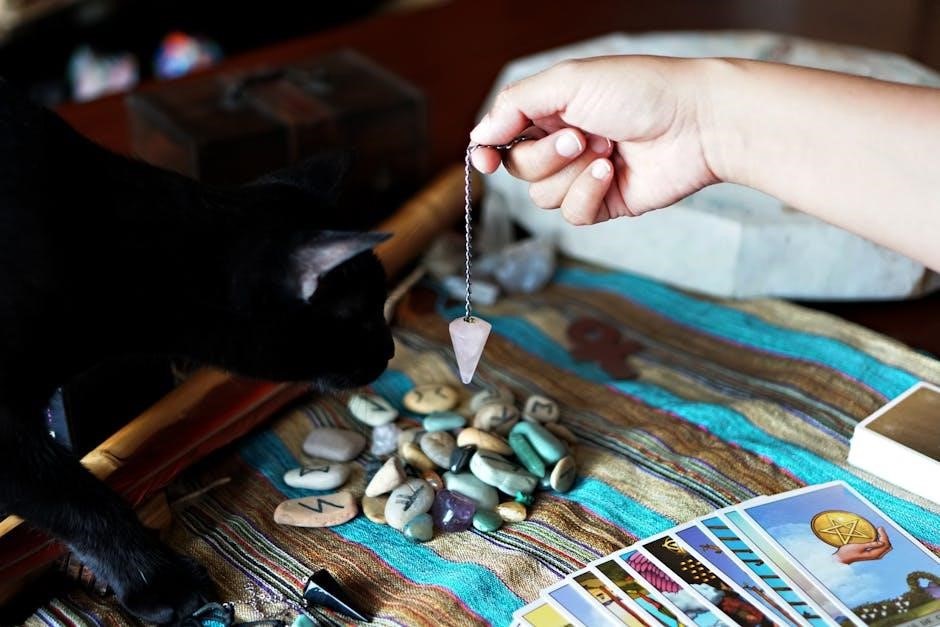
The Answer: CURSIVECURSES
CURSIVECURSES is the 13-letter solution, revealed on June 6, 2024, blending “cursive” (fancy script) and “curses” (magical spells), perfectly fitting the witchcraft theme․
Definition and Relevance to Witchcraft
CURSIVECURSES is a 13-letter term that combines “cursive,” referring to elegant handwriting, and “curses,” signifying magical spells․ In witchcraft, grimoires often list curses, making this word a fitting and creative answer to the crossword clue, blending style with magical content․
Wordplay in CURSIVECURSES
The term CURSIVECURSES cleverly combines two distinct concepts: “cursive,” referring to elegant, flowing handwriting, and “curses,” associated with magical spells or hexes․ This wordplay seamlessly merges the idea of a “list in a fancy witchcraft guide” with the dual meanings of its components․ The clue’s phrasing suggests something ornate and tied to witchcraft, making the answer both fitting and inventive․ The blending of “cursive” and “curses” highlights the crossword’s penchant for clever linguistic tricks, adding depth and challenge to the puzzle․ This type of wordplay is a hallmark of the NYT Crossword, making it a memorable and engaging solve for enthusiasts․

Witchcraft Themes in Crossword Puzzles
Witchcraft themes often appear in crosswords, blending magic and wordplay․ Clues like “List in a fancy witchcraft guide?” (answered by CURSIVECURSES) add intrigue, showcasing the puzzle’s creativity․
Historical and Cultural References to Witchcraft
Witchcraft themes in crosswords often draw from historical and cultural sources, such as ancient rituals, folklore, and mythologies․ The clue “List in a fancy witchcraft guide?” reflects this by referencing a sophisticated or elegant manual related to witchcraft, possibly alluding to historical grimoires or spellbooks․ These texts, often associated with medieval or Renaissance practices, cataloged spells, incantations, and magical rituals․ Cultural references might include terms like “grimoire,” “curse,” or “hex,” which have been used historically to describe witchcraft practices․ Such references add depth and intrigue to crossword puzzles, connecting modern wordplay with rich historical traditions․
Common Witchcraft-Related Terms in Crosswords
Crossword puzzles often incorporate witchcraft-related terms, adding a touch of magic to the clues․ Common terms include curse, hex, spell, potion, broom, cauldron, and grimoire․ These words are popular in crosswords due to their rich history in folklore and mythology․ For example, curse and hex are frequently used to describe magical afflictions, while potion and cauldron evoke images of witches brewing concoctions․ Grimoire, a book of spells, is another term that appears often․ Such words not only add flavor to crosswords but also reflect their cultural significance․ The clue “List in a fancy witchcraft guide?” exemplifies this, hinting at a sophisticated manual of magic, much like a grimoire․ These terms make crosswords more engaging and resonate with solvers familiar with witchcraft lore․
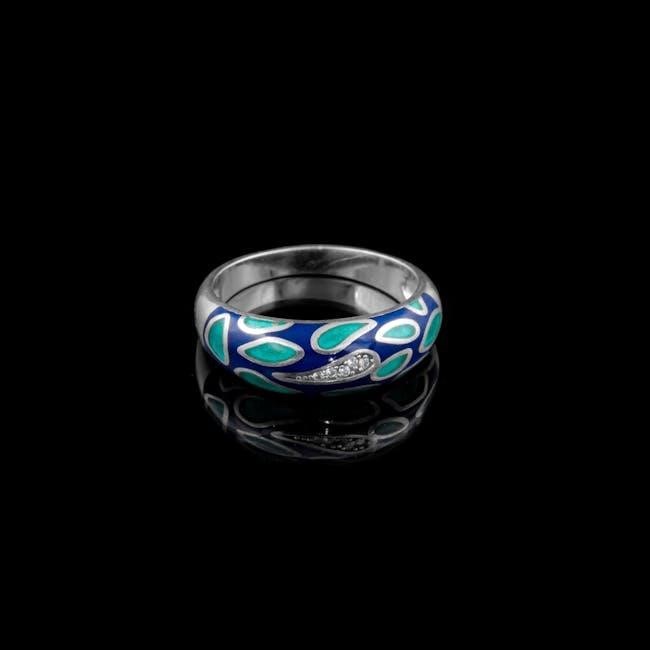
Types of Magic Items and Spells
Magical items like wands, talismans, and potions are central to witchcraft․ Spells involve incantations, rituals, and hexes, often documented in grimoires․ These elements are popular in crosswords, adding mystical flavor to clues․
Magical Tools in Witchcraft
Magical tools are essential in witchcraft, serving as focal points for rituals and spells․ The wand, often crafted from wood or crystal, channels energy to manifest desires․ The athame, a ritual knife, symbolizes power and intention, used to cast circles and direct energy․ Pentacles and chalices represent earth and water, respectively, balancing elements in rituals․ Grimoires or spellbooks contain incantations and instructions, guiding practitioners in spellcasting․ These tools, featured in crosswords like the NYT, showcase the blend of tradition and modern witchcraft themes, adding depth to clues and highlighting their cultural significance in both magic and media․
Spellcasting and Rituals
Spellcasting and rituals are central to witchcraft, involving precise practices to achieve specific outcomes․ These ceremonies often include casting circles, chanting incantations, and using magical tools like wands or crystals․ Rituals may honor seasonal changes or personal intentions, blending spirituality with practical magic․ The crossword clue “List in a fancy witchcraft guide?” hints at such practices, reflecting the intricate wordplay often found in NYT crosswords․ By weaving witchcraft themes into puzzles, crosswords like the NYT educate and entertain solvers, showcasing the cultural significance of these traditions․ The answer CURSIVECURSES cleverly ties witchcraft lore to language, embodying the charm of crosswords in exploring diverse topics․

Guide to Solving Crossword Clues
To solve crossword clues effectively, start by carefully reading the clue and identifying key words․ Look for hints like puns, anagrams, or double meanings․ Break down complex clues into simpler parts and use word lists or crossword dictionaries when stuck․ Pay attention to the clue’s tone and any indicative punctuation, like question marks for puns․ Practice regularly to improve pattern recognition and vocabulary․ Utilize online tools or solvers for challenging clues, but rely on them sparingly to maintain the puzzle’s enjoyment and educational value․
General Tips for Crossword Solvers
Mastering crosswords requires a blend of vocabulary, logic, and strategy․ Start by tackling easier clues, such as those with shorter answers, to build momentum․ Use word roots, prefixes, and suffixes to decipher unfamiliar terms․ Pay attention to clue types, such as definitions, anagrams, or puns, as they often hint at the answer style․ Regular practice improves pattern recognition and familiarity with common crosswordese․ Utilize online tools like Crossword Solver or XWord Info to verify answers or explore clues․ Stay patient and methodical, as some puzzles demand time and reflection․ For advanced solvers, experimenting with cryptic crosswords can enhance critical thinking and wordplay skills․ Consistent practice and a willingness to learn new strategies are key to becoming a proficient crossword solver․
Strategies for Understanding Cryptic Clues
Cryptic crossword clues are notoriously complex, requiring solvers to decipher wordplay and hidden meanings․ To tackle them, identify common patterns like double definitions, anagrams, or hidden words․ Look for keywords such as “without,” “around,” or “letters,” which often signal specific techniques․ Anagrams, for instance, are usually indicated by words like “mixed” or “rearranged․” Practice recognizing these signals to decode clues effectively․ Additionally, pay attention to puns and homophones, as they frequently appear in cryptic puzzles․ Building a strong vocabulary, especially of archaic or less common words, can also aid in solving these clues․ Tools like XWord Info or Crossword Solver can provide insights and examples, helping you refine your skills․ With patience and practice, you’ll become adept at unraveling even the most intricate cryptic clues․

Crossword Solver Tools and Resources
Utilize online tools like Crossword Solver and XWord Info for instant solutions, pattern searches, and archives of past puzzles, enhancing your solving experience effectively․
Online Crossword Solvers and Their Features
Online crossword solvers are indispensable tools for enthusiasts, offering instant solutions to clues and puzzles․ These platforms, such as Crossword Solver and XWord Info, provide features like clue searches, pattern matching, and access to extensive archives of past puzzles․ Users can input clues or partial answers to generate possible solutions, making them ideal for tackling tricky hints․ Advanced tools often include word-finders and filters to narrow down results by letter count or specific patterns․ Additionally, many solvers cater to both casual and expert users, offering educational resources and tips for improving solving skills․ These resources are particularly helpful for deciphering complex or cryptic clues, such as the “List in a fancy witchcraft guide?” puzzle, ensuring solvers never hit a dead end․
Using XWord Info for Crossword Construction
XWord Info is an indispensable resource for crossword constructors and enthusiasts alike․ It houses every New York Times crossword ever published, making it a treasure trove for research and inspiration․ Constructors can search for specific clues or answers, while solvers can use it to verify solutions․ The platform also features a “Finder” page, which has been used millions of times, showcasing its popularity․ XWord Info is unique as it is the only online destination for NYT Variety Puzzles, offering a comprehensive archive of past puzzles․ For those interested in creating crosswords, the site provides tools and resources to help craft engaging and challenging puzzles․ Whether you’re a seasoned constructor or a curious solver, XWord Info is a must-visit for all crossword-related needs․
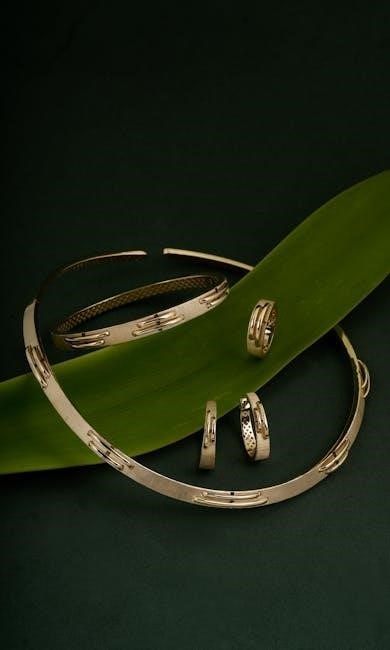
Advanced Crossword Techniques
Advanced crosswords often feature complex wordplay, such as anagrams, homophones, or double definitions․ Solvers must think creatively to decipher clues like “List in a fancy witchcraft guide?” which blends “cursive” and “curses” into one clever answer․
Cryptic Crosswords and Their Unique Challenges
Cryptic crosswords are known for their intricate wordplay, requiring solvers to decode clues through anagrams, double definitions, and hidden meanings․ Unlike standard crosswords, cryptic clues often blend puns, reversals, and clever misdirection․ For example, the clue “List in a fancy witchcraft guide?” led to the answer “CURSIVECURSES,” combining “cursive” (a fancy writing style) with “curses” (related to witchcraft)․ These puzzles demand a sharp mind and a deep understanding of linguistic tricks, making them a favorite among experienced solvers․ The challenge lies in recognizing the wordplay hidden within the clue, often requiring patience and a knack for thinking outside the box․ Cryptic crosswords are particularly popular in the UK and among enthusiasts of advanced puzzle-solving techniques․
Metapuzzles and Schrodinger Puzzles
Metapuzzles and Schrodinger puzzles represent the pinnacle of crossword complexity, offering unique and brain-teasing challenges․ Metapuzzles are crosswords that contain an additional layer of solving, where the answers unlock another puzzle or reveal a hidden theme․ For instance, a metapuzzle might require solvers to rearrange answers or extract hidden words to complete the puzzle fully․ Schrodinger puzzles, on the other hand, are even more enigmatic, featuring clues with multiple correct answers that depend on the solver’s interpretation․ These puzzles push the boundaries of traditional crosswords, demanding creativity and adaptability․ They are a testament to the ingenuity of crossword constructors and provide an exhilarating experience for experienced solvers seeking a greater challenge․
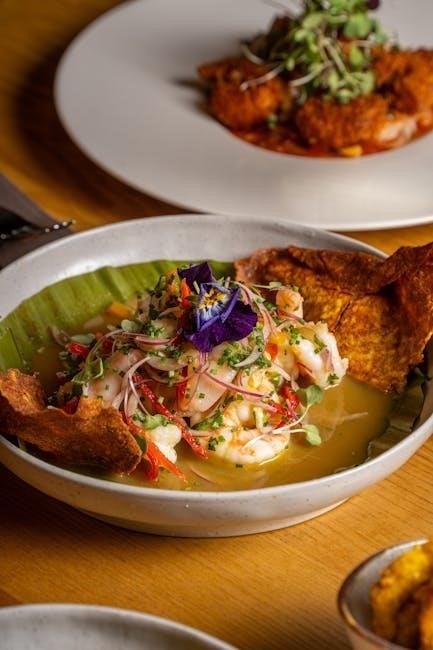
Creating Your Own Crossword Puzzles
Creating crosswords involves tools like crossword-makers, grid design, and theme development․ Constructors can submit puzzles to publications like The New York Times or use them as educational tools․
Tools for Making Crosswords
Creating crosswords requires specialized tools that simplify the process․ Popular options include crossword-maker software, available both as free online tools and paid applications․ These programs allow constructors to design grids, input clues, and ensure proper symmetry and word placement․ For enthusiasts, websites like Crossword Solver and The New York Times offer resources to craft puzzles․ Additionally, XWord Info is a go-to platform for constructors, providing access to historical puzzles and tools for creating new ones․ Many tools also offer features for sharing and submitting puzzles to publications․ Whether you’re a novice or an experienced creator, these tools make building crosswords accessible and efficient․ They support both themed and variety puzzles, catering to all skill levels and preferences․
Submitting Puzzles to Publications
Submitting crossword puzzles to publications is a rewarding way to share your creativity․ Constructors can submit their puzzles to newspapers like The New York Times, The Wall Street Journal, or publishers like Simon & Schuster․ Before submission, ensure your puzzle adheres to the publication’s guidelines, including grid size, theme, and difficulty level․ Many publications require puzzles to be original and unpublished elsewhere․ Tools like XWord Info can help refine your work․ Submissions are often reviewed by editors to ensure quality and consistency․ If accepted, your puzzle may be published in print or online, reaching a wide audience․ This process allows constructors to showcase their skills and contribute to the crossword community․ It’s a great way to gain recognition and share the joy of crosswords with enthusiasts worldwide․

Witchcraft in Popular Culture and Crosswords
Witchcraft themes are prevalent in media, literature, and crosswords, reflecting cultural fascination․ Crosswords often feature witchcraft-related clues, such as “CURSIVECURSES,” blending magical terms with clever wordplay, making it a popular theme․
Witchcraft Themes in Media and Literature
Witchcraft has captivated audiences in media and literature, inspiring countless stories and characters․ From Harry Potter to The Chilling Adventures of Sabrina, witches are often portrayed as powerful, mysterious figures․ These narratives frequently explore themes of magic, morality, and societal outsiders․ In literature, works like The Crucible delve into historical witch trials, while modern books reimagine witchcraft in contemporary settings․ Media adaptations often blend folklore with fantasy, creating immersive worlds that resonate with audiences․ The fascination with witchcraft in popular culture has naturally extended to crosswords, where clues like “List in a fancy witchcraft guide?” challenge solvers to think creatively about magical themes and terminology, reflecting the enduring appeal of witchcraft as a cultural phenomenon․
Witchcraft-Related Clues in Crosswords
Witchcraft-related clues have become a popular feature in crosswords, adding a touch of magic and mystery to puzzles․ These clues often involve wordplay, such as puns or double meanings, which challenge solvers to think creatively․ For example, the clue “List in a fancy witchcraft guide?” appeared in The New York Times Crossword on June 6, 2024, with the 13-letter answer CURSIVECURSES․ This clue cleverly combined the idea of a magical guide with a play on words, blending “cursive” (a writing style) with “curses,” a common witchcraft term․ Such clues not only test solvers’ knowledge of witchcraft terminology but also their ability to decipher cleverly crafted hints․ Witchcraft-themed clues are particularly appealing because they tap into a rich cultural history, making crosswords both entertaining and educational․
The “List in a fancy witchcraft guide?” clue, solved as CURSIVECURSES, beautifully blends wordplay and witchcraft themes․ This answer highlights the magic of crosswords․
Final Thoughts on the Crossword Clue
The clue “List in a fancy witchcraft guide?” is a prime example of the New York Times Crossword’s creativity and clever wordplay․ Revealed as CURSIVECURSES, this 13-letter answer masterfully combines “cursive” (a fancy writing style) with “curses,” tying it seamlessly to witchcraft themes․ The clue’s ingenuity lies in its ability to blend seemingly unrelated concepts into a cohesive solution, making it both challenging and rewarding for solvers․ This type of clue showcases the NYT Crossword’s reputation for crafting puzzles that are both intellectually stimulating and enjoyable․ It also highlights how crosswords often incorporate cultural and historical references, such as witchcraft, to create engaging and memorable challenges for solvers of all levels․
Encouragement for Future Solvers
Embarking on the New York Times Crossword journey is a rewarding adventure that sharpens your mind and expands your vocabulary․ For future solvers, remember that persistence is key—every puzzle solved brings you closer to mastering the art of wordplay․ Don’t be discouraged by tricky clues like “List in a fancy witchcraft guide?” which cleverly combines cursive and curses․ Instead, embrace the challenge as an opportunity to learn and grow․ Start with easier puzzles and gradually tackle more complex ones․ Utilize online tools like XWord Info or crossword solvers to gain insights and strategies․ Joining a crossword community can also provide motivation and tips․ Most importantly, enjoy the process of discovery and the satisfaction of uncovering clever answers like CURSIVECURSES․ Happy solving!